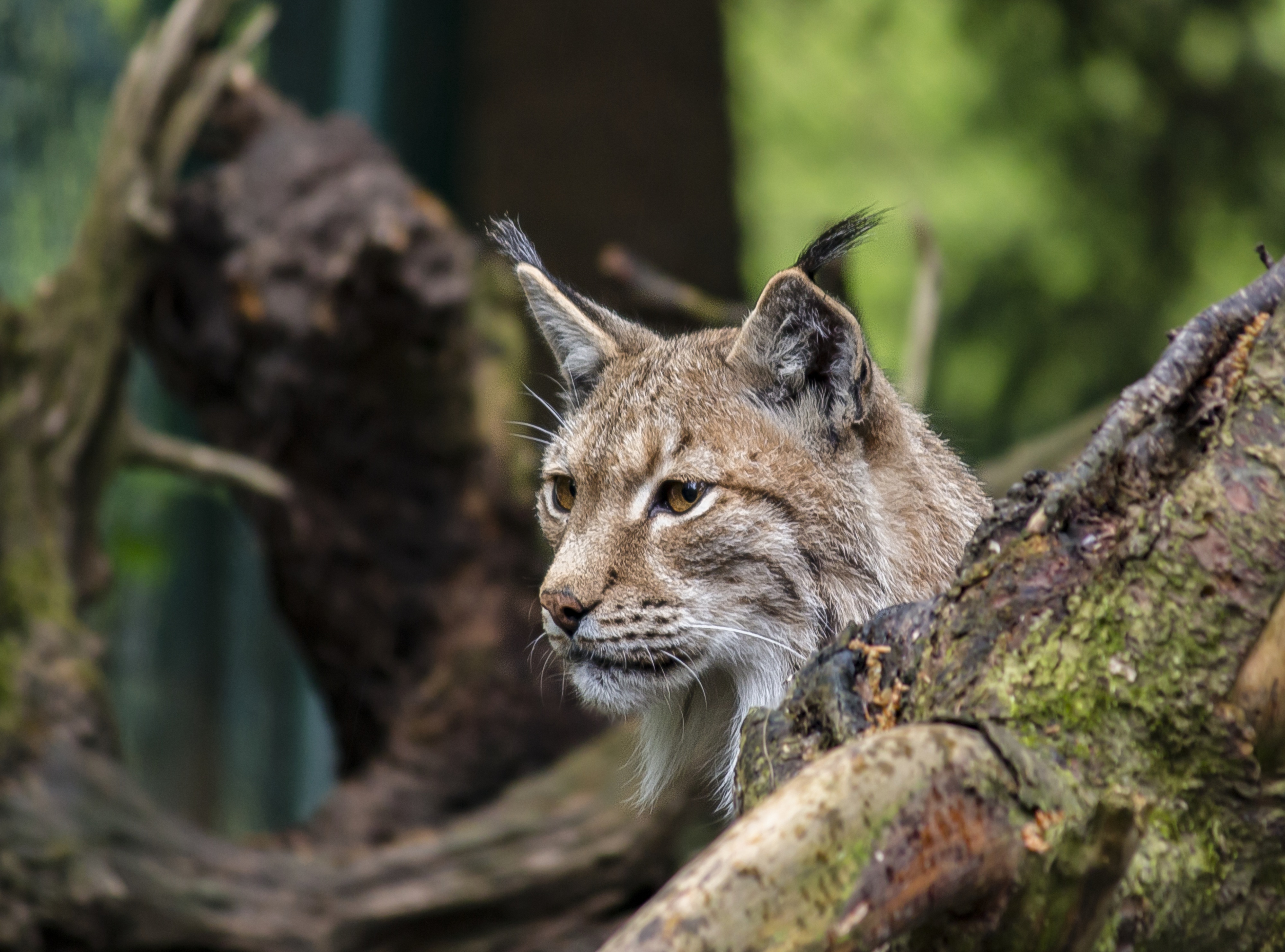
AI for European Wildlife
Build computer vision models to identify different species of European wildlife to improve population monitoring.
Premium participation: Get 1-on-1 Mentoring & Guidance
Try a free mentoring sessionDetecting and classifying European wildlife in camera trap images to aid researchers and conservationists
For most ecosystems across the world, balance requires human intervention. Whether it is the reintroduction of native species, the elimination of invasive species, mitigating human-wildlife conflict, or balancing predator and prey populations, it takes work to make wildlife sustainable.
For conservationists to take effective measures, it is crucial to monitor the population dynamics of an ecosystem. Camera traps can help in doing so. The amount of data they generate however is quickly overwhelming. That’s why we need to automatically detect and identify animals on camera trap data.
Info session
GOAL: Build computer vision models to identify different species of European wildlife to improve population monitoring.
With nationwide monitoring (with trap cams) and quick identification of species and densities of species groups on the trap cam images, we can ensure on a long-term the conservation of terrestrial ecosystems.
Determining at an early stage for instance the distribution of invasive alien species (e.g. the raccoon dog in Sweden) as well as the species community and densities that shift because of climate change will lead to more appropriate management. This in turn ensures a well-balanced and healthy ecosystem that halts biodiversity loss and prevents the extinction of threatened species.
In this challenge, we will
- Research available models (MegaDetector) and their accuracy on the dataset
- Determine the shortcomings of such models
- Transferlearn existing models to be more specific/accurate for this use case
- Train additional classifiers on bounding box animals for additional attributes
- Build an ML pipeline for training and retraining models on different location-specific datasets
- Implement a workflow for the project team in Trapper.
Technologies we will use
- Computer Vision
- Transfer Learning
- CNN Classification
- MegaDetector
- Object detection
Who are we looking for?
We are looking for data science & AI engineers, previous work with computer vision would be of great benefit.
You will collaborate with a diverse team of up to 50 international participants in subteams. You can join as a contributor (8-12 hours per week commitment for 10 weeks) or coach (2-4 hours per week, only for experienced ML professionals)
We’ll organize masterclasses on ecology and computer vision during the challenge to bring you up to speed.
Did you know
😿 At least 1,677 species out of 15,060 assessed European species are threatened with extinction, according to IUCN
🦬 The European bison is the largest land mammal in Europe. They were once extinct in the wild but have been reintroduced to several countries, including Poland and Ukraine.
🇪🇺 Europe has over 500 national parks, which cover more than 1 million square kilometers of land.
Timeline
Application Deadline: 21 April 2023
Challenge Kick-off: 25 April 2023
Midterm Presentations: 23 May 2023
Final Presentations: 4 July 2023



.png)


